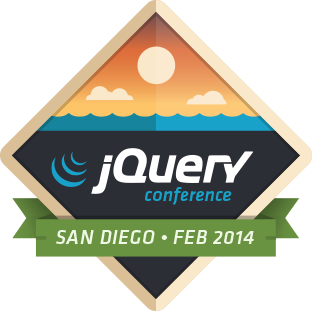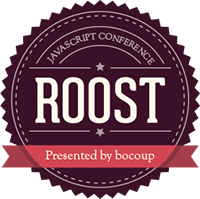To help the jQuery Foundation accomplish its mission to improve the open web and make it accessible to everyone, we established a membership program where organizations and individuals could join the foundation to help us support our goals. In return, members are recognized both on our websites and at conferences. Since that time, a number of companies, large and small, as well as individuals, have stepped up to support the foundation and continued success of the jQuery projects. A full listing of our members is available on the member page on jquery.org.
Corporate Memberships
Corporate memberships are available in several levels based on support, ranging from Bronze to Platinum. Beyond those levels is our top level membership called our Founding members. Currently, WordPress is our single Founding member at this time and they are a huge part of the jQuery Foundation mission and we would like to say a special thank you to them. We would not be here if it wasn’t for the support of WordPress and our many corporate members at every level.
So what does a member get in return for their support of the Foundation? Depending on the level of support, there are a number of ways we recognize and thank our members. Every member is recognized on the member page. As you progress up through the different levels of membership, more benefits such as conference recognition, free and reduced price conference sponsorship packages, invitations to team meetings to discuss the development and direction of the jQuery projects, and even the ability to host jQuery licensed events of your own. For more information about the corporate membership program, e-mail us at membership@jquery.org.
I’m not a Corporation, how can I help?
We’re glad you asked. The jQuery Foundation also has an individual membership program where people can donate smaller amounts to help support the Foundation and in return, we send out some cool jQuery branded gear. When the program started, we offered three levels of membership for individuals. That just got too complicated for both the members joining as well as the folks managing the payment and gift fulfillment. There is now only one level of individual membership at the $400 per year level. If you think about it, that’s really only a little more than $1/day to help keep the jQuery Foundation running. You can see all of our individual members listed on the member page. As new members are added, they will be listed as Heroes until the transition from a 3-tier to 1-tier program is complete and everyone has merged into a single list of Individual Members. If all of this has got you itching to become part of the next wave of individual members, head on over to https://jquery.org/join/ and join our ranks.
Membership may not be an option for everyone, but there are still ways you can support the Foundation’s work. The first way is through donations. The jQuery Foundation accepts donations, both large and small, through PayPal. If that’s an option that interests you, check out our donate page. Another way to help the foundation is by grabbing yourself a nice shirt or some stickers over at DevSwag. We have partnered with DevSwag, as many other open source projects have, to license the sale of official jQuery branded clothing and other items and a portion of the proceeds from those items are donated to the jQuery Foundation.
No matter if you’re a company or an individual, we hope you’ll take the time to consider supporting the jQuery Foundation to keep us working toward making the web accessible to everyone.
One Last Thing …
We thought we would let you know one more time about the upcoming jQuery Conference in San Diego. The conference is February 12-13 and is preceded by Bocoup’s 2 day training conference Roost on February 10-11. Don’t forget to take $50 off your ticket to one or both of these events using discount code jqblog50 at checkout!


